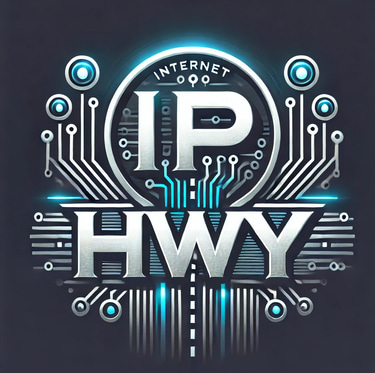How Your Individual Effort Can Drive Innovation
Jim Leone
2/16/20252 min read
Have you ever felt like innovation is something that only happens in big tech companies or research labs, led by teams of elite engineers working around the clock? I used to think the same way.
For years, whenever I read about groundbreaking technology, I pictured massive teams of computer scientists working 16-hour days, sleeping on cots in the office, and developing the next big thing. It seemed like innovation was something reserved for those with unlimited resources, not for people working on regular IT projects.
But about 12 years ago, while working at AT&T’s Scientific Research division, that perspective changed completely.
I was assigned to a small team of just five people working on a big data analytics project. My role focused on KVM virtualization, CHEF cookbooks, Linux administration, and OpenStack cluster development. The rest of the team built an analytical, Hadoop-based system that could tie geolocation data to shopping habits based on cellphone locations.
As the project progressed, our technology was patented and licensed to multiple companies. But it wasn’t until one of my teammates casually said, “I want them to add this to my Wikipedia page,” that I realized the true magnitude of what we were doing.
That teammate was Carsten Lund, one of the world’s foremost analytical / theoretical computer scientists and Godel Price recipient. Out of curiosity, I also looked up the rest of my team:
Changbin Liu – Senior Inventive Scientist, board member of IEEE and a key contributor to what we now know as cloud computing.
David Potter – A leading expert in data analytics with multiple contributions to telecommunications technology.
Frederick True – Lead Inventive Scientist, top computer engineer who had developed advanced technologies used in AT&T and HP’s computing and cellular equipment.
Together, they held around 26 patents at AT&T.
At first, I wondered—what was I doing on a team with such accomplished innovators? But as the project continued, I realized something important: I wasn’t just supporting innovation—I was part of it.
I had been working with virtualized computing since its early days and was actually one of VMware’s first ten customers. I was an expert in clustered KVM computing and contributed to the Hadoop-based analytics system we were developing. My skills weren’t just useful—they were essential to making the project a success.
And here’s the biggest revelation:
We weren’t a massive, sleepless team of hundreds. We were just five people. Yet, we developed, patented, and licensed one of the most advanced technologies AT&T had at the time.
That experience changed the way I viewed innovation. I no longer saw it as something that only happened in billion-dollar labs with armies of engineers. Instead, I realized:
Innovation happens when skilled individuals bring their expertise together.
You don’t need a huge team—just the right people solving the right problem.
Your contributions, no matter how small they may seem, can help create something groundbreaking.
Innovation Starts with Perspective
If you ever feel stuck in an IT rut, questioning whether your work is meaningful, consider shifting your perspective.
Innovation isn’t about the size of the team—it’s about how you apply your skills, collaborate, and push technology forward. The smallest teams can create the biggest breakthroughs.
So don’t wait to be part of something innovative. Chances are, you already are.
The IP HighWay
Stay updated with the latest IT security news.
info@iphwy.com
© 2025. IPHwy LLC. All rights reserved.



